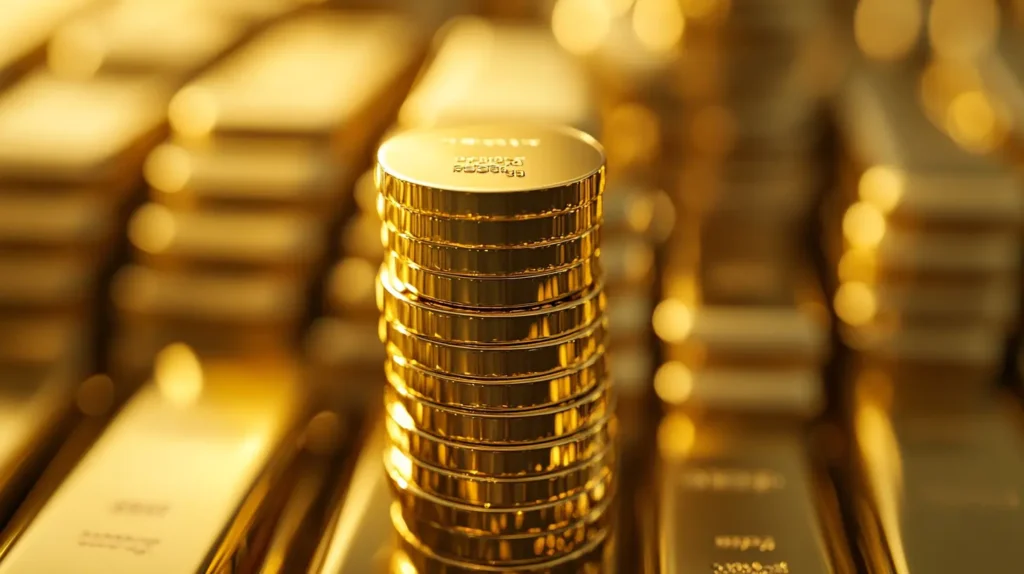Gold prices surged to a record high on Thursday, fueled by growing economic and geopolitical uncertainties. Investor demand for the precious metal has increased in response to U.S. President Donald Trump’s latest tariff threats, adding to concerns over a potential escalation in the global trade war.
According to reports, spot gold reached an all-time high of $2,954.69 before stabilizing at $2,930.19 per ounce. Rising inflation concerns and continued gold purchases by central banks have further strengthened market expectations that prices could climb even higher in the coming months.
Trade War Tensions and Inflation Worries
Gold prices has gained 12% this year as investors seek stability amid economic instability. Trump’s recent statements about imposing tariffs on key sectors, including lumber, automobiles, semiconductors, and pharmaceuticals, have intensified fears of global trade disruptions.
Additionally, minutes from the latest Federal Reserve meeting indicate that policymakers remain cautious about inflation. This has led to expectations that interest rate cuts may not happen soon, boosting gold’s appeal as a non-yielding safe-haven asset.
Strong Investor Demand and Market Outlook
Beyond geopolitical risks, demand from central banks and exchange-traded funds (ETFs) has been a significant driver of gold’s recent rally. ETFs have recorded three consecutive days of inflows, signaling a growing appetite for gold investments. Wall Street analysts have responded by raising their gold price forecasts, citing these increasing demand trends.
While some analysts caution that a potential peace agreement between Russia and Ukraine could temporarily dampen safe-haven demand, many believe that gold’s bullish trend is likely to continue. The overall market sentiment remains strong, with multiple factors supporting sustained high prices.
How High Can Gold Prices Climb?
Despite occasional price corrections, analysts maintain a positive long-term outlook for gold. UBS has projected that gold prices could peak at $3,200 per ounce later this year, while Goldman Sachs has adjusted its 2025 forecast to $3,100 per ounce. Some experts suggest that if trade tensions persist and economic uncertainty remains high, prices could reach as much as $3,300 before the end of the year.
With inflation risks, strong central bank demand, and ongoing geopolitical concerns shaping the market, the outlook for gold remains bullish. Investors continue to monitor U.S. trade policies and Federal Reserve decisions, as these factors will play a crucial role in determining whether gold extends its record-breaking rally.

